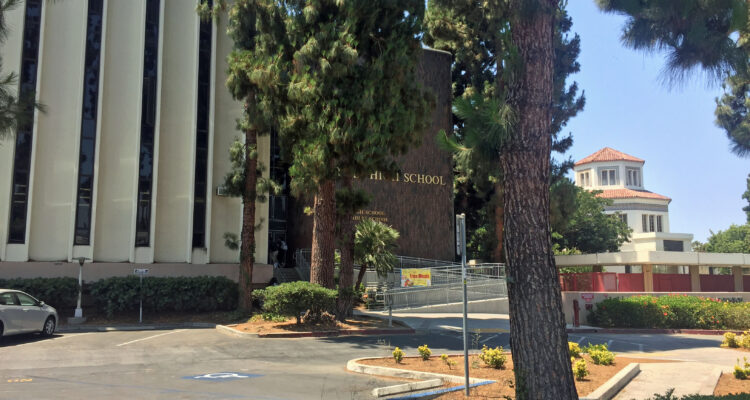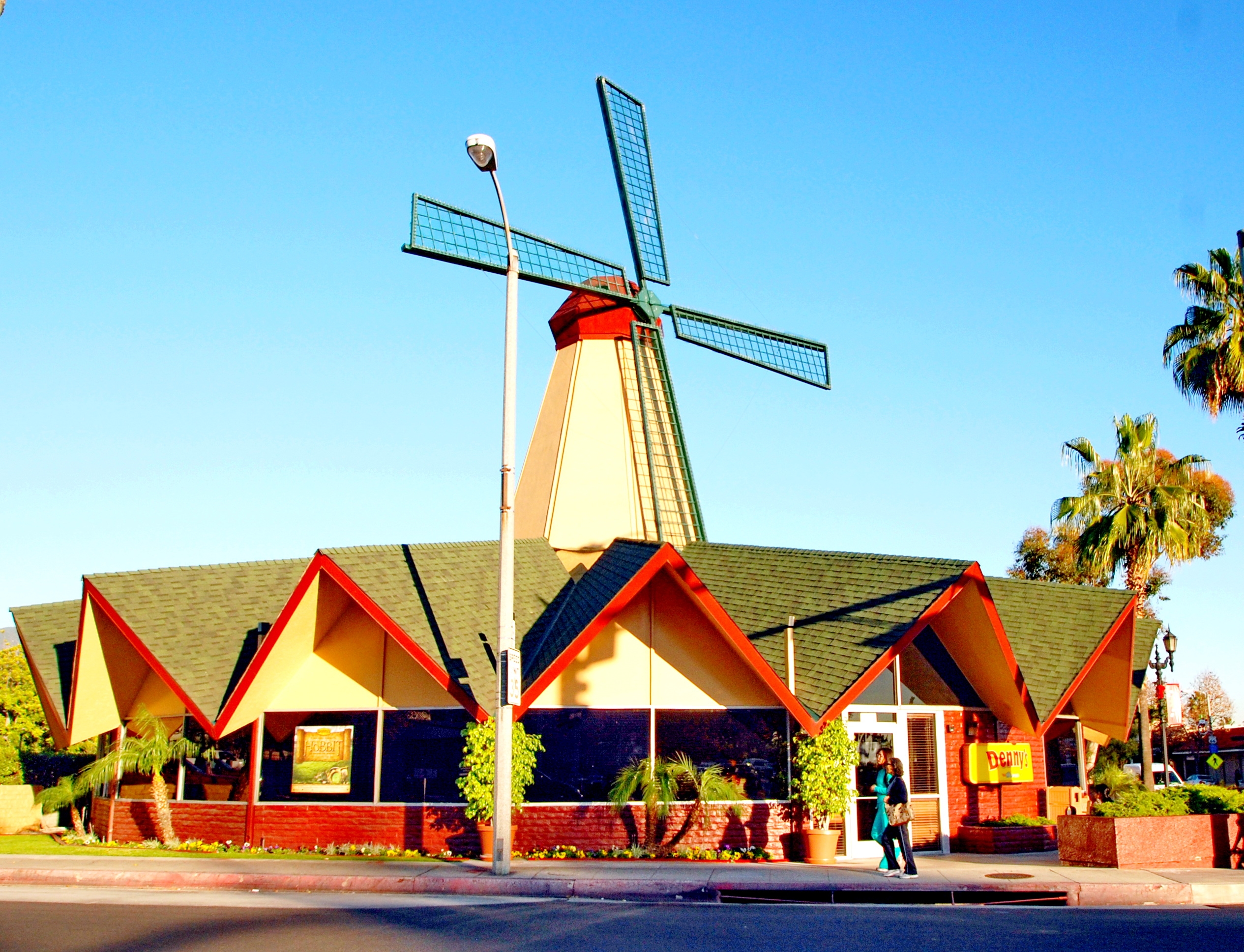
Place
Fairfax High School
Reflecting the work of two renowned L.A. architectural firms, Fairfax High School is also a stepping stone in the battle for LGBTQ civil rights
Place Details
Address
Get directions
Architects
Designation
Property Type
Community
Founded in 1924, Fairfax High School was originally conceived as an agricultural & mechanical school and boasted programs in landscape gardening, forestry, architecture, and agronomy. Renowned Los Angeles architectural firm Parkinson & Parkinson designed the 28-acre campus in the Spanish Colonial Revival style.
Following the end of World War II, the school district determined that the school’s original structures did not meet earthquake safety standards, and construction began on new facilities in the late 1960s. A.C. Martin and Associates led the campus redesign, incorporating the original rotunda and the auditorium buildings into the modernized site.
In the immediate post-war years, Fairfax High School served a large Jewish student body, the result of shifting demographics between Los Angeles’ eastside and westside neighborhoods. While Boyle Heights and surrounding communities were home to large numbers of Jewish families before World War II, Fairfax Avenue and its adjacent areas became the “new” Brooklyn Avenue for Jewish families seeking improved housing and business opportunities.
Learn more about Boyle Height's Jewish heritage in our Curating the City: Eastside L.A. microsite >>
To meet the needs of its students, Fairfax provided classes in Modern Hebrew, and one teacher estimated that the student body was 75% Jewish in the late 1960s. Today, the school continues to reflect Los Angeles’ diversity with large numbers of Latinx, Black, and Asian students.
Fairfax High School is also a significant site of Southern California LGBTQ history. In 1984, teacher and counselor Dr. Virginia Uribe founded Project 10 as a response to the social isolation, drug abuse, and high dropout and suicide rates among LGBTQ students. Although Uribe’s program enjoyed support from the Fairfax High School principal and the Los Angeles Unified School District (LAUSD) Board, it came under fire from conservative and religious groups in the late 1980s and early 1990s during the era of the so-called Culture Wars.


